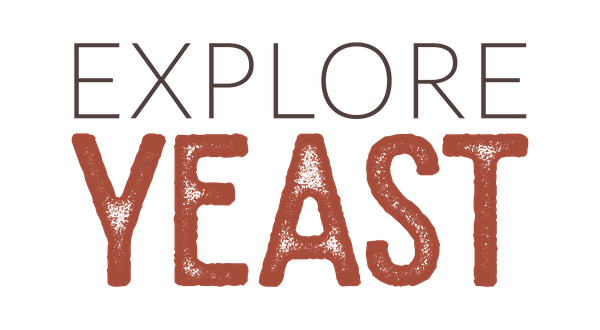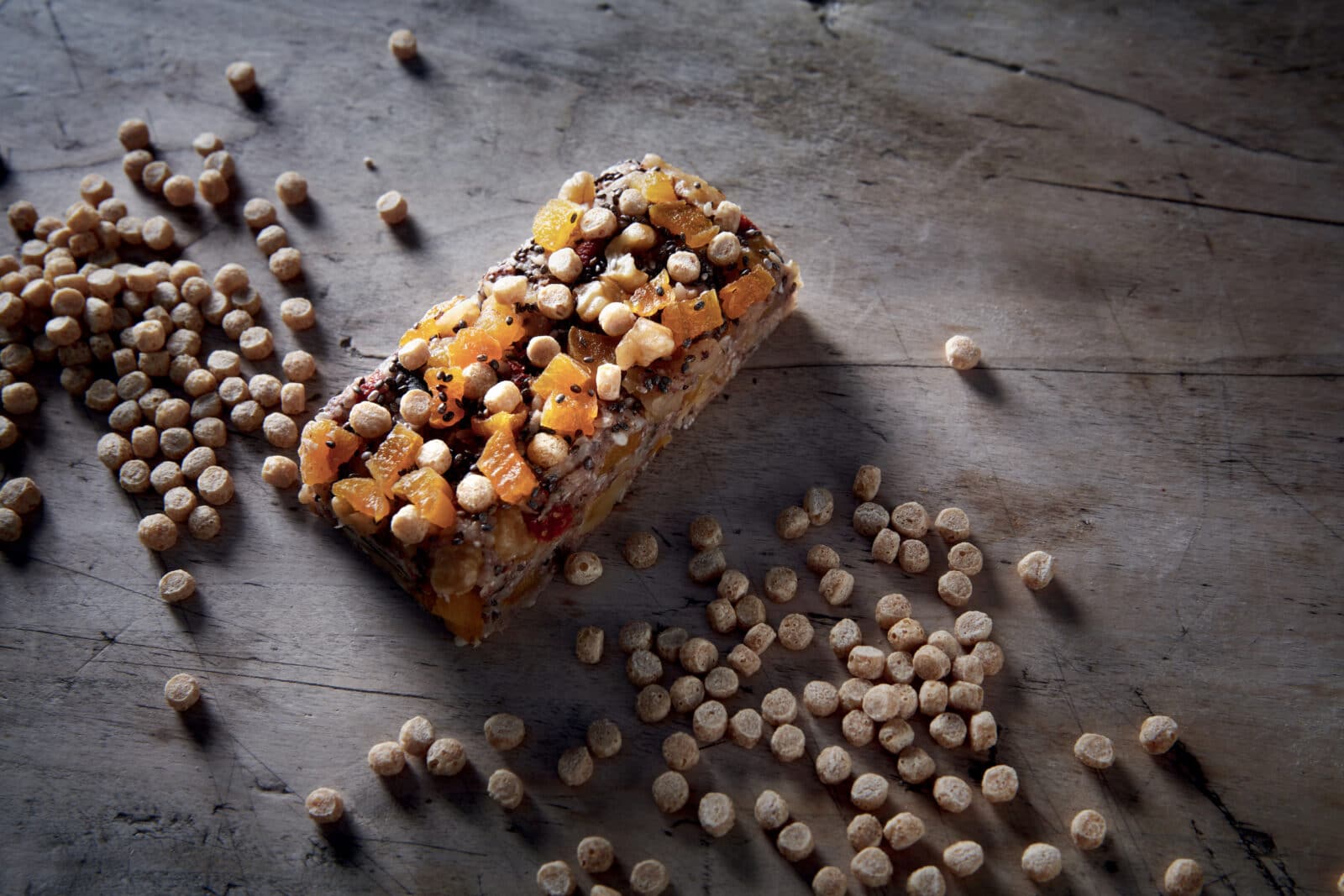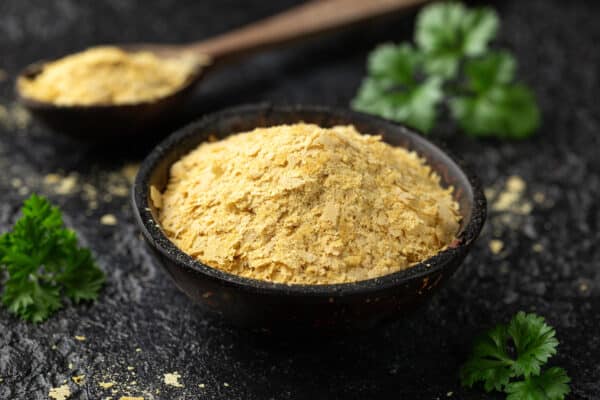Yeast is a vital food. Humans have consumed yeast for a long time. Yeast may be used as nutritional yeast or to make beer, wine, and other delicious goods. Yeast is wonderful! This genuine little factory is capable of transforming plant sugars into fuel. The magic works during an anaerobic process (in the absence of air) called fermentation. It may also assist plant development by producing vitamins and other nutrients, as well as making enzymes. Last but not least, yeast and the molecules it produces are of interest to the medical community.
Yeast has an extraordinary nutritional profile.
Yeast, as an active living microorganism, can provide some benefits to animals and humans by acting as a probiotic. But that’s not all! In recent years, many people have started consuming a specific type of yeast called nutritional yeast (or NOOCH). It can be used in dietary supplements, seasonings, and for functional foods. Nutritional yeast is packed with essential nutrients like proteins, vitamins and minerals.
Nutritional yeast can have two origins, one is produced on sugar beet or sugar cane molasses (glucose medium) and generally has a mild flavour, the other is a co-product of beer production and has a more bitter taste. The result is a golden flake that some people call a “nutrient powerhouse”.
So, what exactly makes nutritional yeast so unique?
- It’s a high-quality protein source: these proteins contain all of the essential amino acids that people must consume through diet.
- It is a good source of dietary fiber and several vitamins, like thiamine (B1), riboflavin (B2), niacin (B3), Pyridoxine (B6), and folic acid (B9).
- It’s also one of the few plant-based sources of vitamin B12, which is required for DNA synthesis and red blood cell formation and keeps also the healthy function of our brains and nervous system. It is thus an interesting alternative for vegans and vegetarians.
- It is low in sodium (the constituent of salt) and free from cholesterol and low in saturated fat.
How to use it?
Nutritional yeast is a great way to add flavor to your food without using salt, sugar, or fat. It has a savory flavor that resembles cheese, and this makes it a great alternative. It can be used in a lot of different ways, for instance
- sprinkling it on your popcorn instead of butter or salt
- mixing it into the rice in your risotto instead of Parmesan cheese
- using it as an ingredient in cheesy dishes like macaroni.
“Yeastology”, a science
There are about 100,000 billion microorganisms in the human digestive system (the microbiota). This ecosystem is very important for human health. Probiotic yeasts help to keep this balance healthy and therefore gut health. A more sustainable microbiota may support digestive comfort, and the immune system and reduce inflammation. It may also aid in the management of diarrhea.
Yeast is important for animal care and nutrition. Yeast probiotics (The FAO/WHO definition of a probiotic—“live microorganisms which when administered in adequate amounts confer a health benefit on the host”) may boost animal (fish, cattle, poultry, …) gut health, fertility and improve feed efficiency. It may also improve daily diet energy yields and optimize performance in sports (horses). Most pet owners view their pets as part of the family. Our furry companions are part of our everyday lives! Yeasts can deliver numerous nutrition and health benefits, such as improving digestive care, reinforcing immunity, and enhancing natural defenses. Under such conditions, they are an effective and natural way to manage your pet’s health and well-being!
A «natural origin» ingredient enabling natural fermentation
An ingredient is considered as natural when it is present in nature and/or has been minimally processed. Yeast is a single-celled fungus that naturally grows in soil and on plants. Wild, Natural Yeast is everywhere – in the air you breathe, on the bark or trees, on leaves… Yeast is the first domesticated living creature in history!
How? Yeast is a key ingredient in fermentation. This process allows a piece of dough to become a well-risen loaf of bread. In the absence of air, yeast cells turn sugars into carbon dioxide and alcohol. Different yeast strains can be used to make beer, wine, and even ethanol-based fuel! What makes yeast so special is its ability to take raw ingredients and turn them into something alive and bubbling!
Fermentation makes food taste better and helps it have a better texture. It also improves the nutritional value of food.
Yeast is a Sustainable Biomass
Yeast is found all over the place on every continent. It’s in the air, the water, and on plants. Yeast grows well in areas where there is enough food and the right temperature. Yeast is a small factory. It needs a supply of energy for its living and growth. Sugar (molasses) supplies this energy. Water is also necessary for yeast fermentation and reproduction. So, what’s the carbon footprint of yeast? It depends on yeast subtypes:
- 1 kg of liquid yeast = 363 g equivalent CO2
- 1 kg of compressed yeast = 734 g equivalent CO2
- 1 kg of dry yeast = 3,204 g equivalent CO2
Some of the by-products generated when making yeast for food are utilized again: as fertilizer or as an alternative source of animal protein. More broadly, the pillars of the alternative protein industry – plant-based, cultivated and fermentation – can complement each other, allowing companies to create more environmentally sustainable and less resource-consuming products than those that currently come from industrial animal agriculture.
The Bottom Line: Focus on a Super Plate With Yeast
The word “superfood” is trendy and liked by people who are passionate about healthy food and nutrition. However, there is neither an official definition nor a scientific basis for this designation. What matters the most is to keep variety in our diet by opting out for meals that are both balanced and tasty! Yeast provides vitamins, minerals, fibers and proteins. With all of these assets, it would be unfortunate to think of yeast only as a superfood. Indeed, yeast may help in creating a “super plate” full of different healthy, balanced and flavorful foods on a daily basis and in the long term, well beyond a simple trend.




